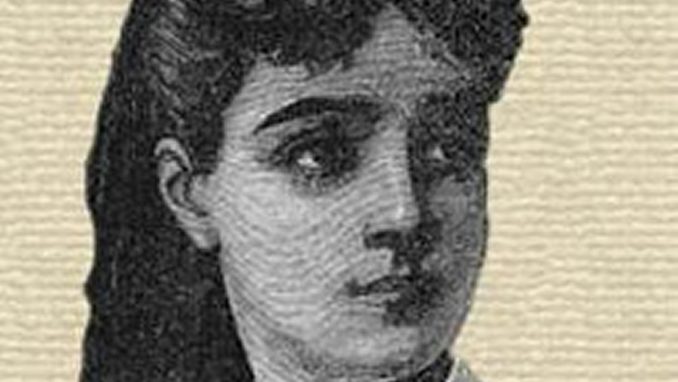
A Sophie Germain prime is a prime number \(p\) such that \(\,2p + 1\) is also a prime number.
That is, \(\,p : 2p + 1 = q\), where \(p\) and \(q\) are both prime. For example, \(\,29 + 29 + 1 = 59\).
The sequence begins \(\,2, 3, 5, 11, 23, 29, 41, 53, 83, 89, 113, 131, . . .\)
Sophie Germain (\(1776 – 1831\)) explored these primes whilst working on Fermat’s Last Theorem which was finally proved by Wiles in \(1995\).
A Cunningham Chain (of the first kind) is a sequence of prime numbers such that all except the last are Sophie Germain primes.
A chain of length five is \(\{2, 5, 11, 23, 47\}\). A chain of length six is \(\{89, 179, 359, 719, 1439, 2879\}\).
It is often noted that each term in the sequence, from the third onwards (because \(p, 2p + 1, 4p + 3, 8p + 7, 16p + 15, . . .\)), is described as being of the form \(4k + 3\), where \(k\) is a counting number \(k = 1, 2, 3, . . . k\).
Computer searches are being conducted for the longest Cunningham chains.
“Well, sir, if I were you, I wouldn’t start from here.”
Let us look at the numbers in a Cunningham Chain in another way by group theory (cyclic permutations). The prime numbers in base \(10\) are of the form
\(10k + 1\\
10k + 3\\
10k + 7\\
10k + 9\),
where \(k = 1, 2, 3, . . . k\).
We go back and apply Germain’s rule, start with \(10k + 1\), which is prime
\(10k + 1 : 10k + 1 + 10k + 1 + 1 = 10l + 3\), assume it is prime
\(10l + 3 : 10l + 3 + 10l + 3 + 1 = 10m + 7\), assume it is prime
\(10m + 7 : 10m + 7 + 10m + 7 + 1 = 10n + 5\), which is never prime because \(5\) divides it. Stop!
If we were to apply the rule to \(10n + 5\), we would have a number of the form \(10k + 1\) and would cycle through these numbers but we would never find a long Cunningham Chain. (where \(k, l, m, n = 1, 2, 3, . . . k, l, m, n\)). For example \(\{41, 83, 167\}\).
Now, start with \(10k + 9\), which is prime
\(10k + 9 : 10k + 9 + 10k + 9 + 1 = 10l + 9\) which might be prime . . . we have a fixed point to cycle.
“If I were you, sir, I would always begin at a prime number that ended with a \(\,9\).”
A Cunningham Chain of length seven begins at \(1, 122, 659\).
Note : There are Cunningham Chains (of the second kind) where \(\,p : 2p\, – 1 = q\). By a similar argument the longer chains have prime numbers all ending in a \(1\).
© OldTrout \(2020\)



